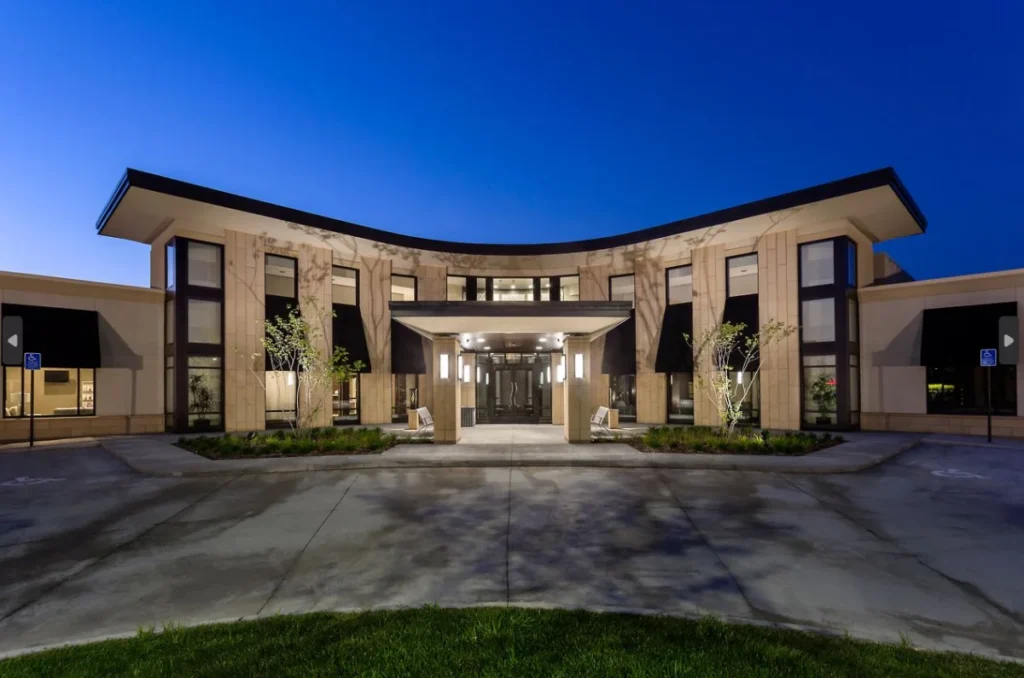Do You Show These 3 Signs Of Aging?
- Skin color becomes dull because of decreased blood flow.
- Facial shape becomes collapsed and droopy as youthful volume and collagen decrease.
- Skin texture becomes course and less vibrant. As a result, facial skin becomes “worn” or “tired.” The lively, rosy hue starts to diminish.
What Is Platelet Rich Plasma (PRP)?
PRP has been utilized for years as a way to stimulate the growth of new cells in a variety of applications. PRP has recently received a great deal of press as it relates to treatments to restore youthful appearance to your skin.
For example, Dr. Robbins uses PRP with lasers and microneedling to expedite healing and for anti-aging and improvement in skin texture and tone. Dr. Robbins uses PRP with the PRP Facial, PRP FaceLift, and PRP Vaginal Rejuvenation.
PRP is the body’s natural healing elixir and acts as a natural “fertilizer” that stimulates stem cells to grow and repair aged and damaged tissue.
Platelet-rich plasma (PRP) in human blood contains many growth factors that stimulate stem cells which have the ability to stimulate new cell and tissue growth and regeneration as well as tissue healing in the environment or location where the PRP is placed. Multiple medical publications over the past two decades confirm the safety and use of PRP therapy.
PRP has been used with great success over the past 20 years in the fields of plastic surgery, reconstructive and wound healing treatments, oral surgery, neurosurgery, and orthopedics.
What Is Involved In The PRP Facelift?
The HA filler is injected first typically in the area of the upper cheeks. PRP is then injected into the same area of the face as the HA filler so that the body’s own healing process triggers the regrowth of new tissue and blood flow.
The procedure results in a fresher, more youthful appearance. Expect more healthy-looking skin, tissue repair, and growth in all areas where the PRP was placed.
The PRP Facelift may also be combined with micro-needling and /or laser treatments (fractional or deep laser resurfacing) to improve skin texture and tone (PRP Facial).
These procedures work together to form one cohesive technique to produce beautiful skin. The PRP Facial simply involves microneedling and or laser resurfacing with placement of PRP on the surface of the skin.
Microneedling or a Profractional laser is used to make microscopic entry points in the skin of the facial skin. PRP is then spread into the entry points to gain access to the deeper skin tissue. The PRP allows for faster recovery along with the growth of new healthy tissue and cells and results in a youthful, softer skin complexion. Most patients tolerate the procedure well and experience little discomfort.
How Is PRP Obtained?
A small amount of blood (10mL- about a tablespoon) is drawn in our office just like a routine blood test. The blood is then spun in a centrifuge which will separate the platelet-rich plasma (PRP) from the other blood components that are not utilized.
The kits used to obtain the PRP are FDA-approved. The kits are sterile and isolate the PRP in a very effective way.
Why The PRP Face Lift?
Facial cosmetic surgery can treat excess skin and make you appear younger but a surgical facelift can be more than what’s needed for some individuals especially when a less invasive option is available. The PRP facelift at Des Moines Plastic Surgery™ may be the option you are looking for to restore a youthful appearance.
The PRP Facelift has gained much media coverage over the past year and Dr. Robbins has been trained on this unique and innovative nonsurgical treatment offered at Des Moines Plastic Surgery™.
Celebrities that have had the PRP Facelift include Angelina Jolie, Kim Kardashian, Vanessa Hudgens, Demi Moore, and many others. The PRP Facelift procedure combines the science of hyaluronic acid (HA) filler (like Juvederm or Restylane) and your own platelet-rich plasma (PRP).
Platelet-rich plasma in human blood contains many growth factors that stimulate stem cells that have the ability to stimulate new cell and tissue growth and regeneration as well as tissue healing in the environment or location where the PRP is placed. Multiple medical publications over the past two decades confirm the safety and use of PRP therapy.
PRP has been used with great success over the past 20 years in the fields of plastic surgery, reconstructive and wound healing treatments, oral surgery, neurosurgery, and orthopedics.
The HA filler acts as a natural collagen scaffold. PRP is the body’s natural healing elixir and acts as a natural “fertilizer” that stimulates stem cells to grow and repair aged and damaged tissue.
How Many Treatments Are Necessary
The number of sessions recommended will vary depending on the condition of your skin, but optimal results are usually achieved in one to four treatments. The treatments are normally spaced three to six weeks apart. New collagen synthesis occurs approximately six weeks after the initial treatment. The full effect of the treatments can be seen in approximately six months.
The PRP Facelift is an exciting and innovative therapy offered at Des Moines Plastic Surgery™. If you are interested in learning more about this exciting technology at Des Moines Plastic Surgery™, please call our office at 515.221.9999 for your free PRP Facelift consultation.
Related Procedures
What People Are Saying
Explore the inspiring journeys and remarkable transformations of our satisfied patients through their heartfelt testimonials.
Our Location

Have a question?
Send Us A Message Here!
"*" indicates required fields





